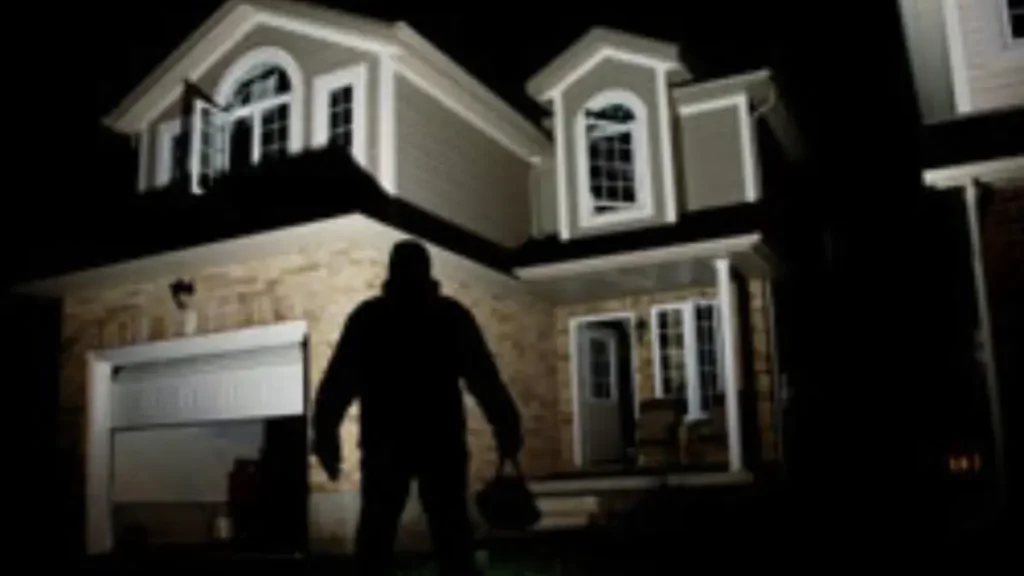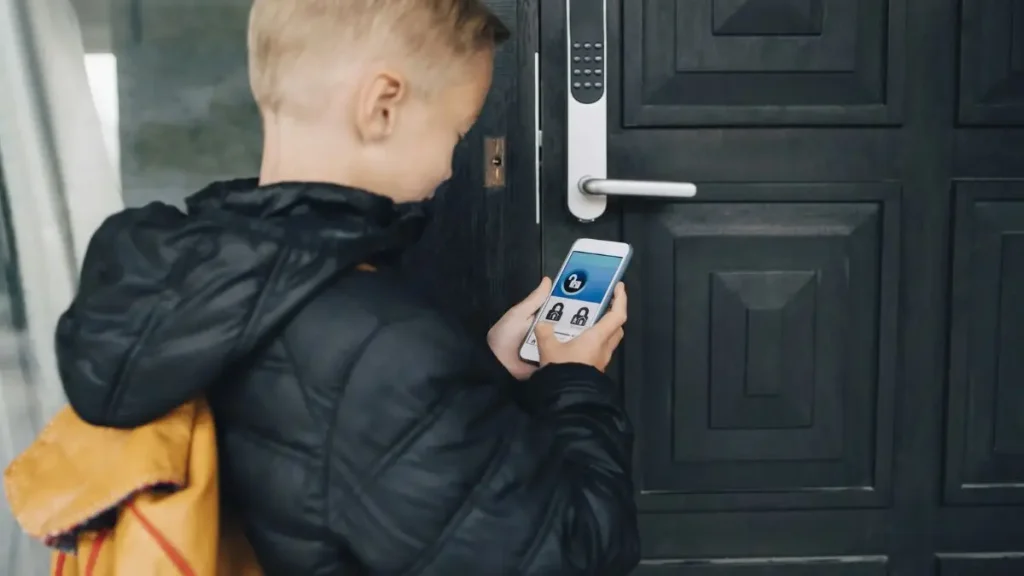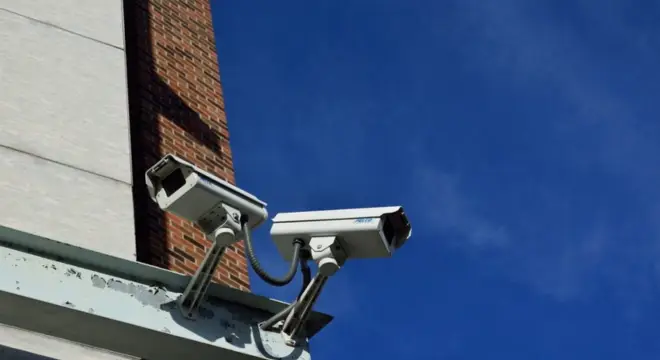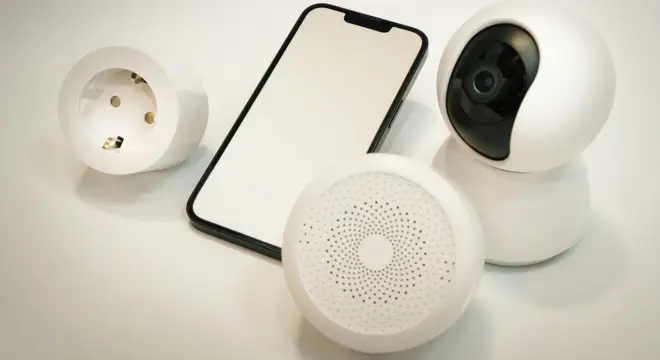Lynnwood Shootout Raises Alarms — Is Your Security System Enough?
For most homeowners, security is a background concern — something we think about in passing but rarely prepare for in full. That is, until a peaceful morning turns into a life-threatening emergency. A recent home invasion in Lynnwood, Washington, serves as a chilling reminder that even the calmest neighborhoods are not immune to violent crime.
With both the resident and intruder ending up hospitalized after a shootout, the case has sparked renewed concerns about residential safety — and what more homeowners could be doing to protect themselves.
This isn’t just a news story. It’s a real-life wake-up call that forces us to ask: How secure is our home, really?
What Happened in Lynnwood?
On a quiet morning in Lynnwood, a man unlawfully entered a home — triggering a dangerous confrontation with the resident inside. According to initial police reports, a violent struggle followed. Both the intruder and the homeowner exchanged gunfire, leaving each of them with injuries serious enough to require hospitalization. Detectives are still working to determine whether this was a random break-in or if the home was specifically targeted.
As reported by KOMO News, the investigation remains ongoing, but what’s already clear is this: a single moment of vulnerability allowed a situation to spiral out of control — putting lives, property, and peace of mind at risk. In the aftermath, neighbors are left shaken, and the broader community is now asking what could have been done differently.
Stories like this remind us that relying on “just locking the door” may not be enough. And often, homeowners don’t realize their weak points until it’s too late.
What Do You Think Makes a Home a Target? Some homes attract more risk than others — in your opinion, what small details might signal “easy entry” to intruders? Share your thoughts in the comments.
Security Gaps That May Have Played a Role

While the full details haven’t been released, certain common vulnerabilities tend to show up in cases like this. And when one or more of them are present, they create the ideal opportunity for a break-in.
Here are some of the possible security gaps that may have contributed to the Lynnwood incident:
- No early warning system: If motion detectors or door/window sensors weren’t installed, the intruder could have entered without triggering any alarms — giving them a time advantage.
- Lack of visible deterrents: Homes without security cameras, alarm signage, or floodlights are more likely to be targeted, as they appear easier to infiltrate.
- Weak entry points: Standard locks, loose window frames, and unreinforced doors can be breached in seconds.
- No neighborhood alerting: In tightly knit communities, suspicious movement is often reported early — but in low-alert zones, break-ins go unnoticed until it’s too late.
Every one of these is fixable. But only if we acknowledge the risks first.
Even a moment of negligence can turn deadly, especially when unsecured firearms are involved — as seen in the tragic case where a 2-year-old accidentally shot himself inside his home.
What Could Have Prevented This?
While it’s impossible to predict every threat, modern home security has advanced far beyond just locking the front door. If the Lynnwood homeowner had access to better early-alert systems or enhanced perimeter protection, the situation might never have escalated to a violent exchange.
Here’s what you can do to strengthen your home before a crisis happens:
- Install Smart Security Systems with Real-Time Alerts: Devices like Ring, SimpliSafe, or Nest Secure can send instant notifications when someone enters your property. These systems can also integrate with emergency services — saving precious time during a break-in.
- Use Visible Outdoor Deterrents: Motion-activated floodlights, visible doorbell cameras, and window stickers from a trusted security brand can make an intruder think twice before approaching your home.
- Reinforce Entry Points: Upgrade to heavy-duty deadbolts, smart locks, and strike plates. Consider window sensors and shatterproof film, especially on first-floor windows or rear entrances.
- Build a Neighborhood Watch Loop: Encourage your block or building to stay connected through apps like Nextdoor, WhatsApp, or even a simple group text. Communities that stay alert tend to have lower break-in rates.
- Create a Layered Defense Approach: Good security is built in layers — exterior lights, surveillance, alarms, physical barriers, and behavior awareness. The more layers you add, the harder your home becomes to access undetected.
Prevention isn’t about paranoia — it’s about preparation. If something feels like “too much,” it probably isn’t. The Lynnwood case shows just how quickly a quiet morning can turn into an emergency when gaps are left unchecked.
From smart locks to motion lights — every home starts somewhere. If you had to recommend just one upgrade to a new homeowner, what would it be? Comment below.
What This Case Teaches About Home Security

What happened in Lynnwood wasn’t just bad luck — it was a combination of a motivated intruder and likely overlooked security weaknesses. And while the resident fought back, the real question is: Could it have been avoided entirely?
Here’s what every homeowner should take away from this real-world case:
- Home invasions don’t always happen at night – Crimes like these often take place during daylight, when homeowners are caught off-guard. Security should be active 24/7 — not just when you go to sleep.
- Self-defense isn’t your first line of protection — prevention is – While some homeowners legally carry weapons, no one wants to be in a shootout in their living room. Physical safety starts with keeping intruders out, not reacting once they’re inside.
- Don’t assume “It won’t happen here”- Lynnwood isn’t known for high crime — but that’s exactly why stories like this hit so hard. Every neighborhood has blind spots, and criminals often take advantage of places that seem quiet and “safe.”
- Security is not one big purchase — it’s small, smart upgrades – You don’t need a $5,000 home system overnight. Start with motion lights. Add a smart lock. Then install cameras. Over time, you’ll build a home that’s far harder to target.
Final Thoughts
The Lynnwood invasion is a powerful reminder that home safety is not something to take lightly — not after something happens, but before. You can’t control the intentions of others, but you can absolutely control how easy or difficult it is for someone to breach your space.
Whether you live in a quiet suburb or a busy city, it’s time to treat home security like any other vital system in your home — just like plumbing, electricity, or internet. It needs upkeep, updates, and awareness.
Don’t wait for a close call to take action. Make your home harder to break into — and easier to defend — starting today.
Stay informed with real cases that matter. We’re not just posting content — we’re contributing to safety conversations on platforms. Follow us for practical home security insights that could make all the difference.
Disclaimer: This article is for informational purposes only and is based on publicly available news reports. The security suggestions shared are general in nature and may not suit every home. For personalized advice, consult a licensed security expert or local authorities.


